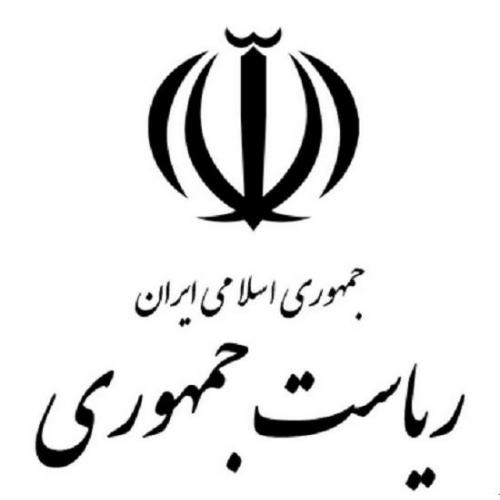
-
بررسی آییننامهها و دستورالعملهای برنامه هفتم پیشرفت
-
بررسی عوامل موثر بر افزایش تصادفات و تلفات جادهای و سوانح رانندگی و دادهکاوی تلفات انسانی
-
سازماندهی و بازآرایی فضایی آموزش عالی کشور
-
به روز رسانی سند ملی آمایش سرزمین
-
انجام مطالعات مناطق آزاد به عنوان نواحی پیشران اقتصادی کشور
-
اصلاح ساختار بودجه و پیاده سازی نظام یکپارچه مدیریت اطلاعات مالی دولت (IFMIS)

Air pollution is a major threat facing the world today, with millions of deaths attributed to it each year, according to experts who convened at the scientific-specialized conference titled "Air Pollution: Challenges and Operational Solutions" at the Center for Development Research and Foresight.
The conference's scientific director, Mostafa Mohaghegh, the senior coordinator of UN in Iran, painted a grim picture of the situation, highlighting that the World Economic Forum ranks air pollution among the top ten dangers facing humanity in both the short and long term. He also cited World Health Organization data, revealing that air pollution claims an average of seven million lives globally every year.
Farzam Pourasghar Sangachin, an environmental researcher, focused on the specific challenges faced by Tehran, one of many metropolises struggling with severe air quality issues. He pointed out that air pollution has long been a serious health hazard for Tehran's residents, causing significant economic, social, and health problems. Dust storms, a growing concern since the early 1980s, have further exacerbated the situation in Tehran and other Iranian cities.
Pourasghar Sangachin presented the historical example of the Great Smog of London in 1952, which caused an estimated 6,000 deaths, as a stark reminder of the potential consequences of air pollution inaction. He delved into the root causes of Tehran's air pollution, identifying power plants and mobile sources as the major culprits. Interestingly, he challenged the commonly held belief that factors like vehicle inspections and fuel quality have a significant impact, instead attributing the core issue to the phenomenon of "macrosphaly" – the rapid and unsustainable growth of urban populations in developing countries.
The conference wasn't all doom and gloom, however. Pourasghar Sangachin proposed a number of policy solutions to combat air pollution, including prioritizing actions in cities, revising land development policies, improving wastewater management, utilizing municipal resources, and promoting clean transportation options. He also emphasized the need for cleaner fuel sources and the development of renewable energy in urban areas.
The final speaker, Hassan Kaveh Firouz, head of the Center for Planning, Budget and Information Technology of the Environmental Protection Organization, discussed the strengths and weaknesses of Iran's Clean Air Act. He acknowledged the Act's positive aspects, such as stricter vehicle emission standards and expanded fuel quality regulations. However, he also highlighted shortcomings, including weak enforcement mechanisms and a lack of attention to social and economic consequences.
Kaveh Firouz concluded by urging the Environmental Protection Organization to adopt a more comprehensive approach, moving beyond protection and towards sustainable resource management. He emphasized the importance of cross-sectoral collaboration and strategic thinking to effectively tackle the air pollution crisis.
This conference served as a crucial platform for experts to sound the alarm on air pollution and share potential solutions. As the world grapples with this growing environmental threat, the insights and recommendations shared in Tehran offer valuable guidance for policymakers and communities worldwide.



